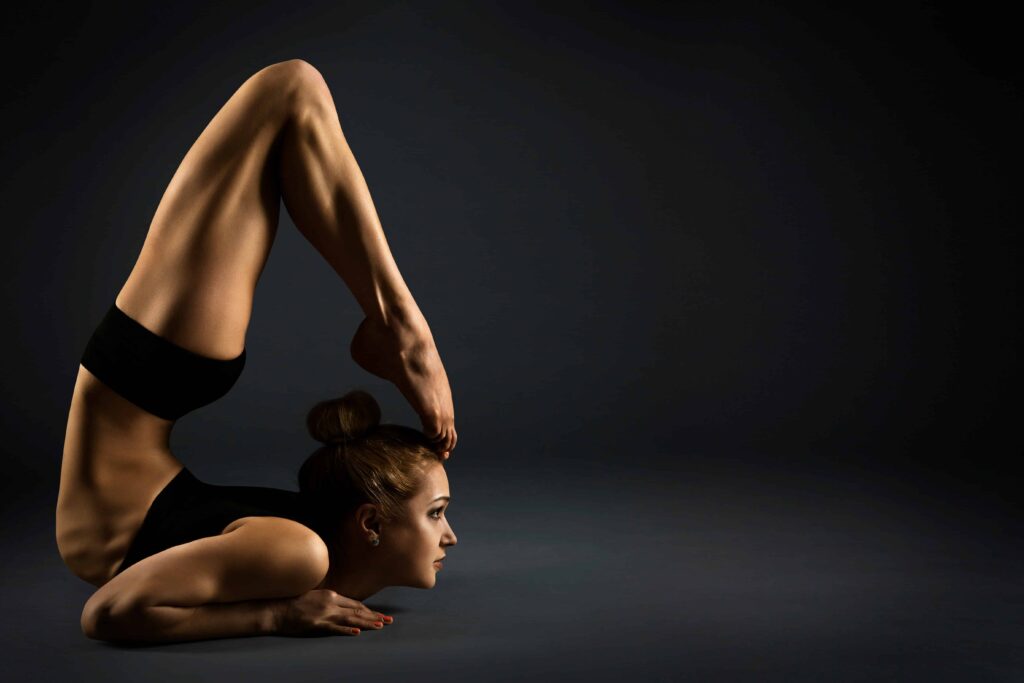In this blog, we’ll explain the ins and outs of cross-training, its benefits, and why yoga is a powerful practice to add to your fitness routine. While yoga is often considered a more relaxing and less physically rewarding practice, it’s incredibly beneficial to alternate with other, higher-intensity forms of exercise for even better fitness outcomes—and it can help you get more in tune with your mind and body.
Yoga can be a transformational addition to a fitness hobbyist’s exercise routine and has been touted by many professional athletes for its benefits. Let’s talk a bit about the benefits of switching between different forms of exercise, the benefits of yoga itself, how to include it in your routine, and some pre- and post-yoga rituals that can be helpful to optimize your practice.
What is Cross-Training?
Cross-training, at its core, is the practice of pairing different formats of workouts that support each other. Cross-training helps improve strength, endurance, agility, and balance. There are 13 major muscle groups in the body, and using different workout formats and practices can help ensure that each muscle group is receiving attention and fitness.
We’ve all seen what it looks like when only one or two muscle groups are someone’s focus—and some people enjoy the results of only working out, say, their biceps and chest, for aesthetic reasons—but cross-training is essential for optimal full-body health and strength. Not just for pro athletes but also for the rest of us—fitness rookies and hobbyists alike.
You engage in three levels of impact when you exercise, depending on the type of exercise routine: high, low, and no impact. High-impact activities like running and HIIT workouts are great for the lower body and building strong bones. Low-impact activities include walking, weight training, and power yoga classes. These activities can help increase metabolism and build strength, significantly impacting your lifestyle and body’s well-being. No-impact activities like swimming, cycling, and light yoga put less stress on the body but allow you to remain active on days the higher-intensity workouts aren’t suitable for.
Why Athletes Add Yoga to Their Cross-Training Routine
According to one study, athletes specializing in one sport have an 85% higher chance of injuries than those practicing a variety of exercise formats.
The foundation of yoga is based on several philosophical and spiritual traditions, with central teachings including the pursuit of mental discernment and self-awareness. Breath, movement, and mindfulness are also core tenets.
Including yoga in cross-training has gained popularity among professional athletes. From Ashley Battersby, a professional freestyle skier, to Cristiano Ronaldo, one of the most famous soccer players on the planet, and from Aaron Rodgers, quarterback for the New York Jets, to LeBron James, the pros are aware of and benefiting from all that yoga has to offer.
Two Ends of the Spectrum

Yoga has immense potential as a fitness cross-training tool even if you never get anywhere close to Bherundasana pose, or Formidable Face pose. Of course, if you’re a competitive gymnast or advanced contortionist, it could be just the thing.

In fact, many athletes discover that regular breathwork and restorative yoga give them the necessary tools to focus before, during, and after competitive events.
Yoga Culture and Health Benefits
Yes, yoga can seem a little woo-woo and less like “real” exercise than other formats of fitness we are used to. But it’s an incredible practice even for those of us who aren’t particularly spiritually-minded (raises hand). I also don’t have much of an athletic history, but I began a regular yoga practice over a decade ago, and it has proven to be one of the best things I have done for my physical health and overall well-being.
Yoga has been practiced for thousands of years, and in the modern world, it has become the subject of extensive scientific research. Here is a small but mighty list to explain why the ancient practice of yoga is one of the most valuable forms of fitness for incorporating into your cross-training schedule. Studies have shown that regular yoga practice delivers a wide range of benefits, including:
- Improved Flexibility
- Injury Prevention and Rehabilitation
- Strength Building
- Better Balance and Stability
- Stress, Anxiety, and Depression Reduction
- Pain Relief
- Enhanced Respiratory Function
- Improved Heart Health and Increased Circulation
And more.
A quick review of that bulleted list of benefits, each linking to an official scientific study, should give you an understanding of why more and more fitness enthusiasts and professional athletes are incorporating yoga into their cross-training routine. Yoga benefits different muscle groups, helps rehab injuries, keeps your joints healthy, helps avoid training plateaus, and increases lung and cardiovascular function—two of the most crucial components of health and fitness. As I’ve attended hundreds of yoga classes over the last decade, I have met people with the most amazing stories of how yoga helped them rehabilitate from major surgery, manage an autoimmune disease, transform their mental health, and more.
References
Birdee, Gurjeet S., et al., “Yoga in the United States: Trends in a Mind-Body Practice,” National Center for Biotechnology Information (NCBI), Published on February 1, 2016.
Elevate Nutrition, “The 13 Major Muscle Groups of the Body and their Functions,” Elevate Nutrition, Accessed on October 18, 2023.
Healthline, “What Is Cross-Training? Benefits, Activities, and More,” Healthline, Published on February 27, 2020
Verywell Fit, “The Best Cross-Training Workouts for Runners,” Verywell Fit, Accessed on October 18, 2023.
Womack, Isadora, “What Is Cross-Training? How to Incorporate It Into Your Workouts,” Women’s Health, Published on August 26, 2019.




